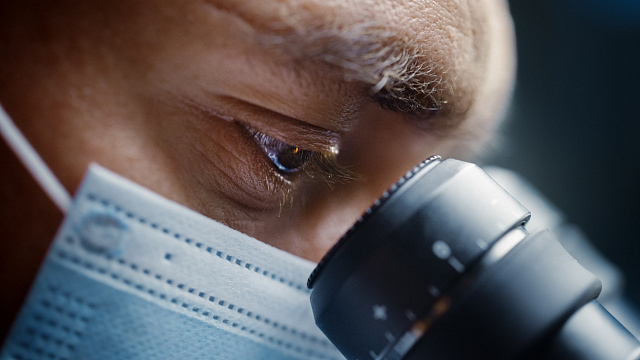
Indian researchers under the Department of Science and Technology (DST) have unveiled key insights into how some of Earth’s most ancient organisms, archaea, survive extreme environments.
Their findings highlight the sophisticated toxin-antitoxin (TA) systems that enable these microorganisms to adapt to harsh conditions. This is reported by
IANS, a partner of TV BRICS.
Archaea, derived from the Greek word for “ancient things,” represent one of the oldest forms of life on the planet. These microorganisms, often thriving in extreme habitats like volcanic springs, acidic hot pools, and hypersaline environments, offer clues about life’s resilience in hostile conditions.
The research focused on the heat-loving archaeon Sulfolobus acidocaldarius. This organism, found in geothermal areas such as the volcanic pools, survives temperatures soaring to 90°C.
The study delved into the VapBC4 TA system of S. acidocaldarius, uncovering its crucial role in surviving heat stress. The VapC4 toxin was found to halt protein production during stressful conditions, conserving energy and preventing the formation of damaged proteins.
These findings not only deepen understanding of archaea but also hold potential applications in biotechnology and astrobiology. By studying how life endures extreme conditions, scientists hope to uncover strategies that could inform innovations in medicine, environmental conservation, and the search for life beyond Earth.
Photo:
iStock


